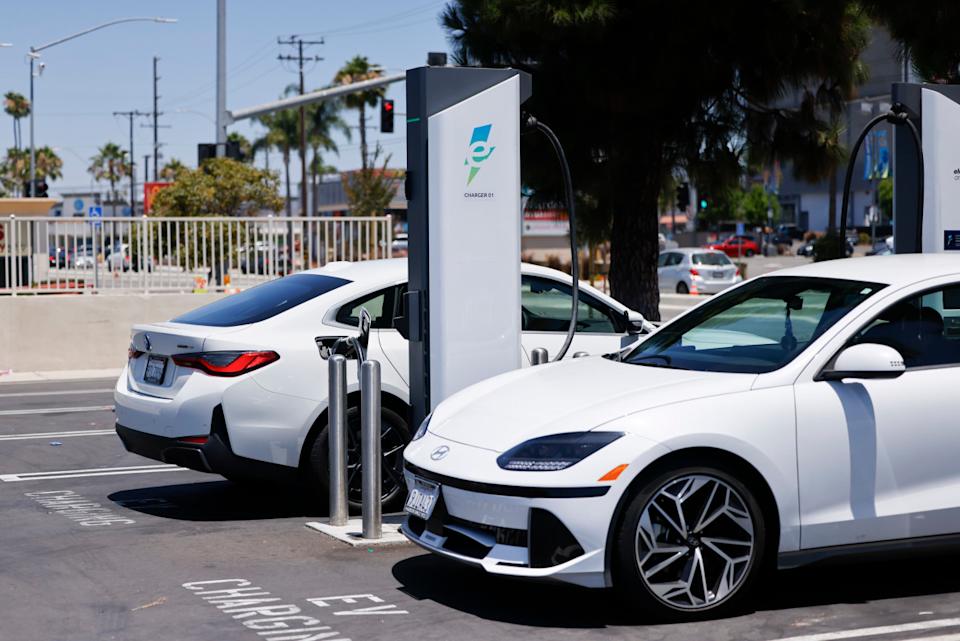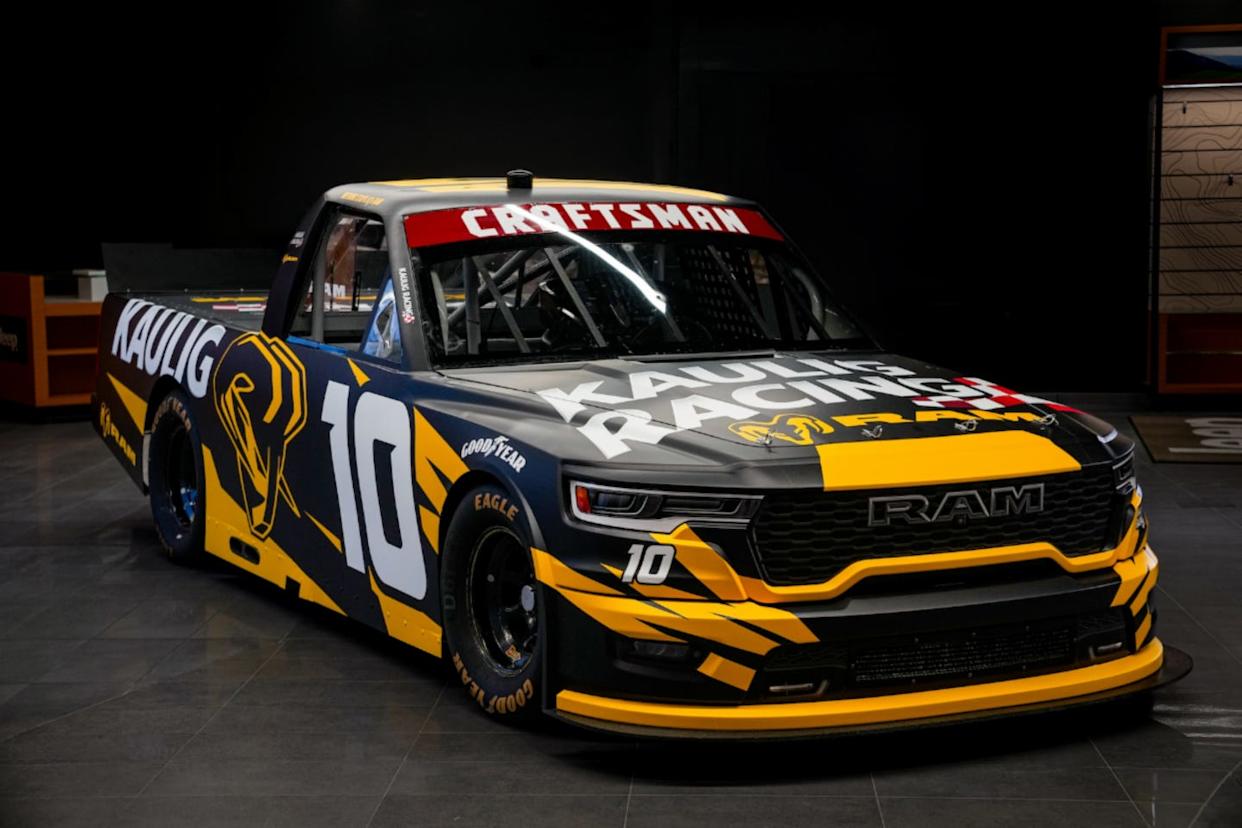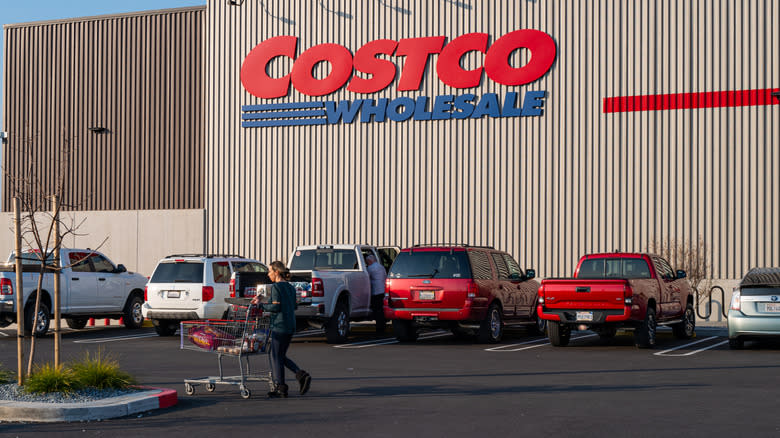How the 1% Lease $1M Cars: Putnam’s Open-End Play Explained originally appeared on Autoblog.
What Is an Open-End Lease for Collector Cars?
At the pointy end of the market, companies like Putnam Leasing, whose CEO, Steven Posner, I interviewed recently, write open-end leases on blue-chip classics and hypercars. It’s not the closed-end lease you see on a Civic ad. There’s no mileage cap to sweat; instead, you and the lessor agree on a residual value up front. When the lease ends, the car’s real market price is compared to that residual. Above it? That’s your equity. Below it? You make up the shortfall. It’s finance with a roulette wheel attached.
Why do the rich love it? Cash flow and flexibility. The monthly hit looks far smaller than a loan because you’re only paying down the chunk above the residual—the rest is a big balloon at the end. And if a better opportunity pops up, there are clauses that let you exit early or even swap the collateral mid-term. Imagine changing from a concours-fresh Ferrari to a just-uncovered barn-find Porsche without redoing your entire financing. That’s the game.
Lease vs. Loan on a $1.5M Classic: Monthly vs. Total Cost
A quick, real-feeling sketch: say the car is $1.5 million on a 48-month lease with a 65% residual. The monthly lands around twenty grand before tax and fees. Over four years, you’ve sent just under a million in payments—but if you want to own it at the end, you still owe the $975,000 residual. Stretch a traditional loan to 12–15 years and the monthly looks lower than you expect, but you’re fully amortizing the whole amount. The headline: the lease crushes monthly, not necessarily total cost.

How Residual Value and Market Risk Really Work
“But what if it goes up?” That’s the lure. If your $1.5M darling is worth $1.30M at lease-end and selling costs take about 10%, you might pocket close to $200k after clearing the residual. If it only brings $1.10M, that same fee gravity leaves you with coffee money—or a bill. The house (fees) always gets paid.
Who This Strategy Fits—and Who Should Skip It
Now, why should you care? Because the principles scale down:
Open-end vs. closed-end matters. With a regular consumer lease, you can usually hand back the keys and walk. With open-end/balloon-style structures, you wear the market. Know which one you’re signing.
Lower monthly doesn’t mean cheaper money. Any time you see a tiny payment paired with a big balloon, do the end-to-end math. If you’ll keep the car, add the balloon and fees, then compare to a normal loan.
Fees and taxes are real. Auction cuts at the top end, doc fees and sales tax differences at the normal end—either way, the friction takes a bite. Price your exit on day one.
So yes, the ultra-rich have a clever way to control absurdly expensive cars while keeping capital free. Sometimes they even make money doing it. But the secret isn’t magic—it’s structure. For the rest of us, the lesson is simple: understand where the risk sits, calculate the whole journey (not just the monthly), and never let a shiny residual talk you out of cold arithmetic.
How the 1% Lease $1M Cars: Putnam’s Open-End Play Explained first appeared on Autoblog on Aug 18, 2025
This story was originally reported by Autoblog on Aug 18, 2025, where it first appeared.








Comments